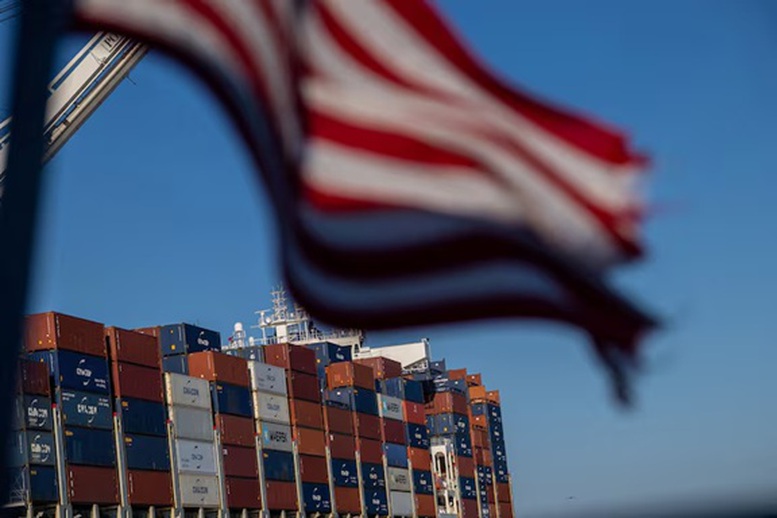
Photo: Reuters
After President Karin Keller Sutter's last-minute visit to the US failed to stop the US from imposing a 39% tariff, Switzerland is seeking new talks with the US.
In a statement after an emergency meeting with President Keller Sutter, the Swiss cabinet said the tariffs would put significant pressure on the country's export-oriented economy .
Support affected businesses, diversify markets
The Brazilian government says it is planning to provide support to companies affected by the country's 41% tariff, the highest level.
Taiwan (China) is also continuing negotiations with the US. Leader Lai Ching-te said that the 20% tariff imposed by the US on Taiwan (China) is only temporary.
Ireland, which is facing a 15% tax, said it would unveil new plans to diversify its economy, which is heavily dependent on US multinationals including Intel, Pfizer and Johnson & Johnson.
Despite a last-minute reduction in US tariffs from 50% to 15%, the African nation of Lesotho is still suffering. Textile companies in the country say the tariff uncertainty over the past months has devastated the industry, causing many orders to be canceled and workers to lose their jobs.
Korea strengthens exchanges on agricultural imports
South Korea's agriculture minister said the country will make efforts to strengthen exchanges with the United States on sanitary and phytosanitary (SPS) procedures for imported agricultural products as part of efforts to improve trade conditions between the two countries.
South Korean Minister of Agriculture, Food and Rural Affairs Song Mi Ryung said the ministry has just established a specialized department for the US market under the Animal and Plant Quarantine Agency (APQA) to have a contact point with the US side.
South Korea had previously agreed to improve SPS for agricultural products imported from the United States in a preliminary trade agreement with the Trump administration ahead of the August 1 deadline. Under the agreement, the United States reduced reciprocal tariffs on South Korean goods from 25% to 15%. In return, South Korea expanded its imports of US rice but maintained its ban on US beef products from cattle over 30 months old.
Minister Song Mi Ryung said the Ministry of Agriculture, Food and Rural Affairs will enhance its scientific capacity in assessing risks for fruits, vegetables and other agricultural products from abroad, and plans to apply artificial intelligence (AI) technology in SPS. She also said that Korea and the United States may speed up the eight-step SPS process through increased exchanges. In addition, Korea is willing to impose zero tariffs on 97.8 percent of 1,591 US agricultural products from 2031 under the bilateral Free Trade Agreement (FTA).
US exempts double tariffs on imports from Japan
The US has just confirmed that it will apply tariff stacking exemptions (i.e. applying multiple taxes simultaneously on the same item) to imports from Japan, similar to the EU, helping Tokyo's products avoid being subject to a new 15% tax.
The confirmation came a day after Japan's chief tariff negotiator Ryosei Akazawa said the Trump administration had acknowledged that the executive order on reciprocal tariffs signed last week "does not accurately reflect" the trade deal reached between Tokyo and Washington on July 22.
According to White House officials, after the two sides complete the procedures, Tokyo will officially enjoy special preferential status, although it may take some time for the US to adjust.
Previously, during negotiations with US Secretary of Commerce Howard Lutnick and Secretary of the Treasury Scott Bessent, Mr. Akazawa said the US side had committed to amending the President's decree to comply with the bilateral agreement, but had not announced a specific time.
Under the new agreement, tariffs on Japanese goods will be reduced from 24% to 15% — instead of the 25% that President Trump had threatened to impose on July 7. Japanese officials have said that items already subject to tariffs of 15% or higher will not be subject to new tariffs, while others will be capped at 15%. The US has also agreed to refund any excess tariffs from August 7, when the new tariffs on many trading partners take effect.
The executive order signed by Trump on July 31 included a “no-duties” provision for goods from the EU, but this provision did not apply to Japan. This omission has led to a situation where some imported goods from Japan, such as beef, are subject to both the old tariff rate and the new 15% tariff agreed upon by both sides last month. As a result, the actual tax that Japanese businesses have to pay is much higher than what both sides expected.
Mr. Akazawa also confirmed that the US government will issue another decree to lower tariffs on Japanese cars to the agreed level of 15%.
US Tariffs: Highest in More Than a Century
According to newly released WTO and IMF data, the average US tariff rate is now 20.1% – the highest since the 1910s, just below the spike earlier this year. That’s up sharply from 2.4% at the start of President Donald Trump’s first term (2017) and had reached 24.8% in May after reciprocal tariffs, especially on Chinese goods.
Although new trade agreements with the EU, Japan, South Korea… have lowered tariffs compared to the original proposal, the current rate is still higher than the previous base rate of 10%.
The new tariffs are based on trade volumes in 2024, according to the WTO and IMF. Notably, this average tariff surpasses the nearly 20% rate the US imposed in the 1930s – a period of high tariffs that economists blame for prolonging and worsening the Great Depression.
An Binh
Source: https://baochinhphu.vn/thue-quan-hoa-ky-chinh-sach-ung-pho-cua-cac-nuoc-102250810102029365.htm






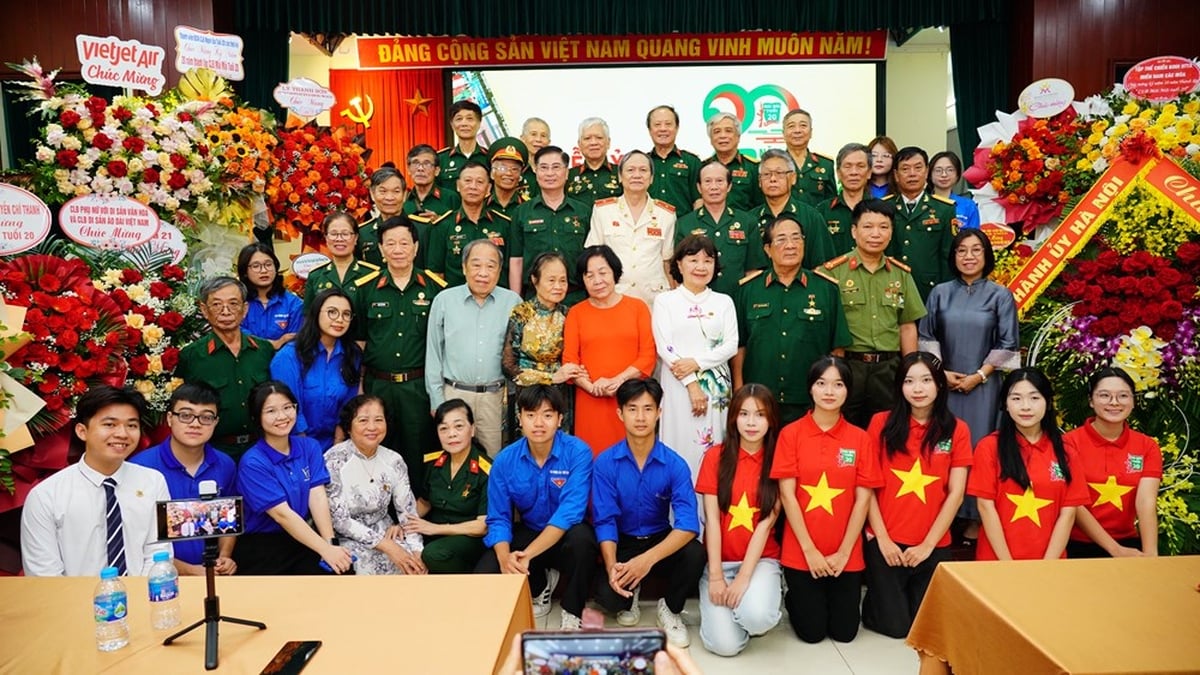
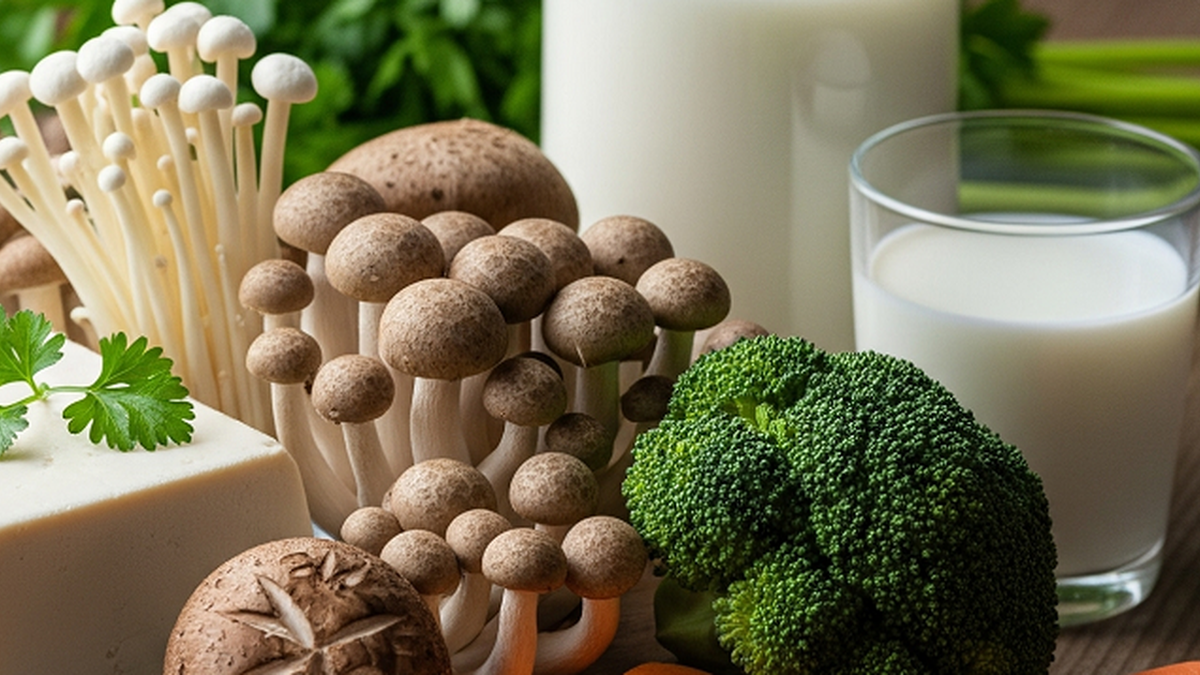

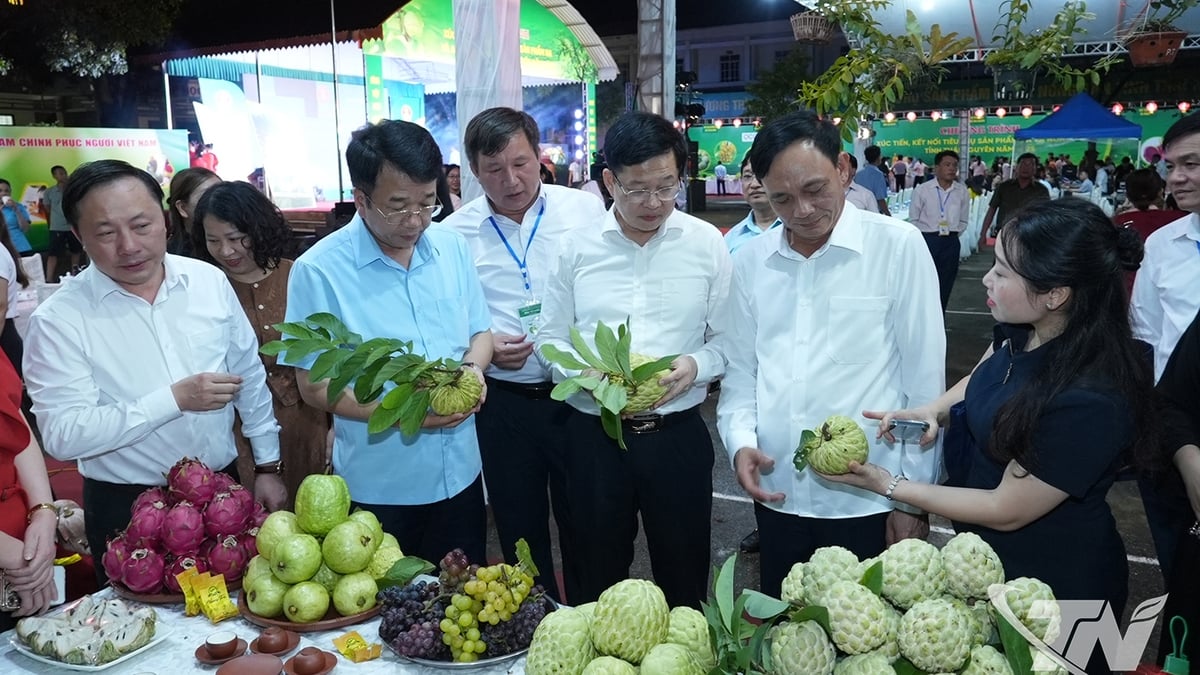
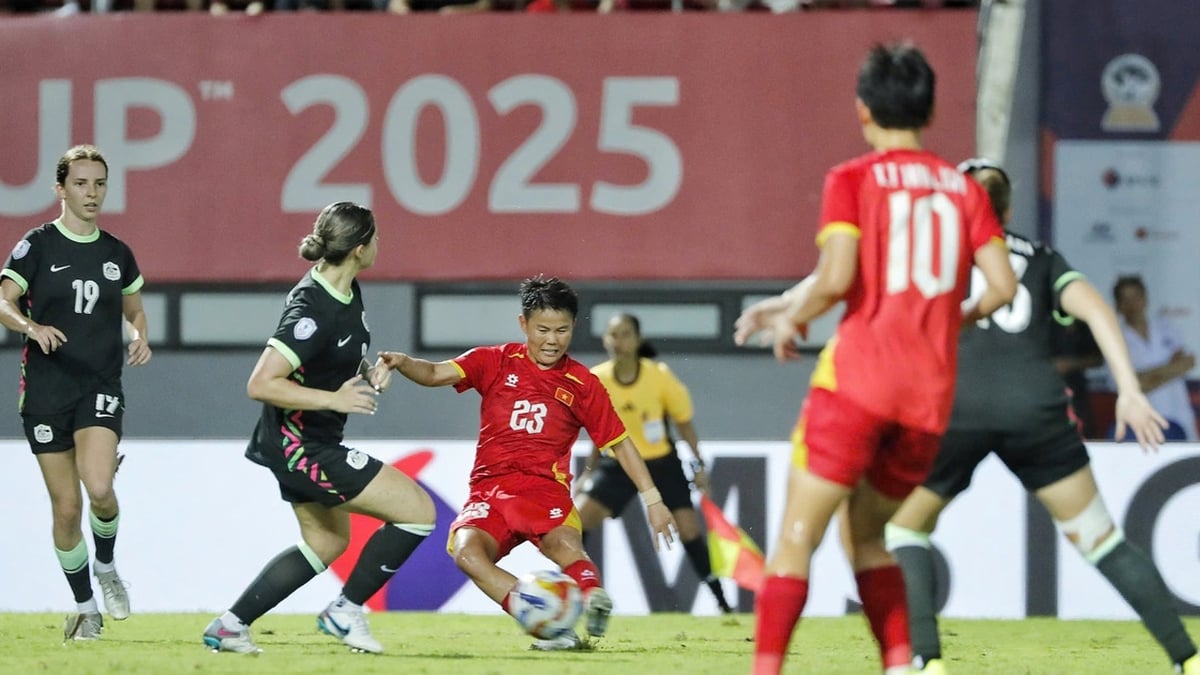
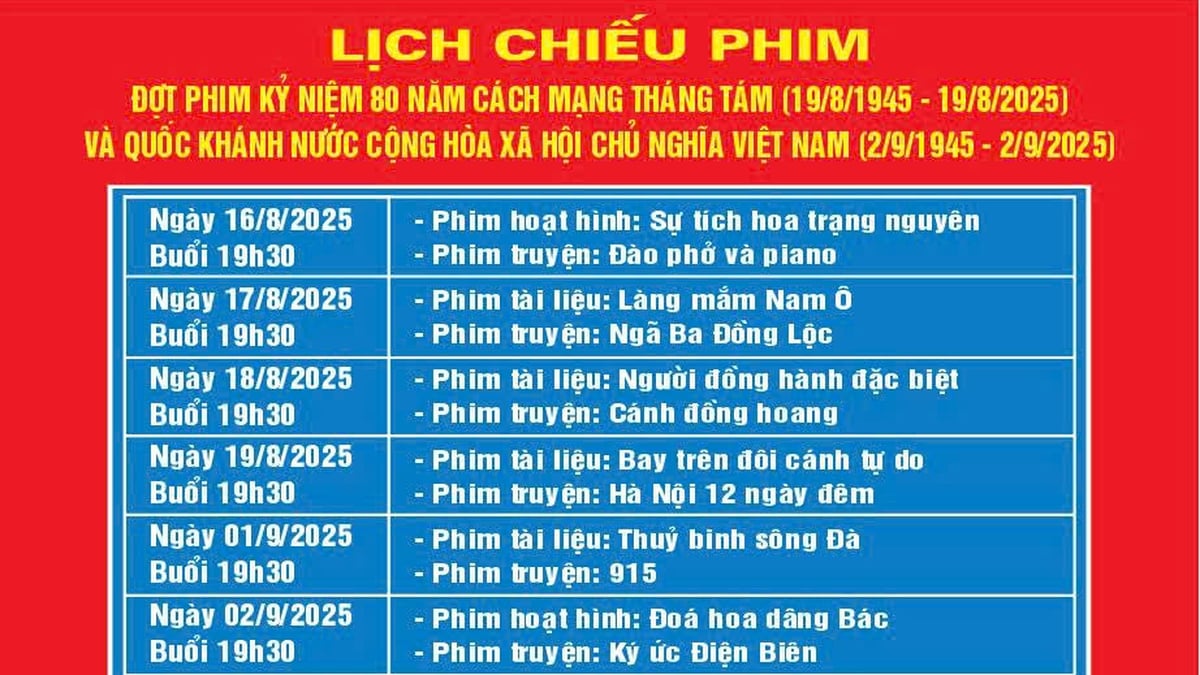











![[Photo] General Secretary attends the inauguration ceremony of the Ministry of Public Security Headquarters](https://vphoto.vietnam.vn/thumb/1200x675/vietnam/resource/IMAGE/2025/8/16/3ceec3a24ef945c18ae2b523563b749d)

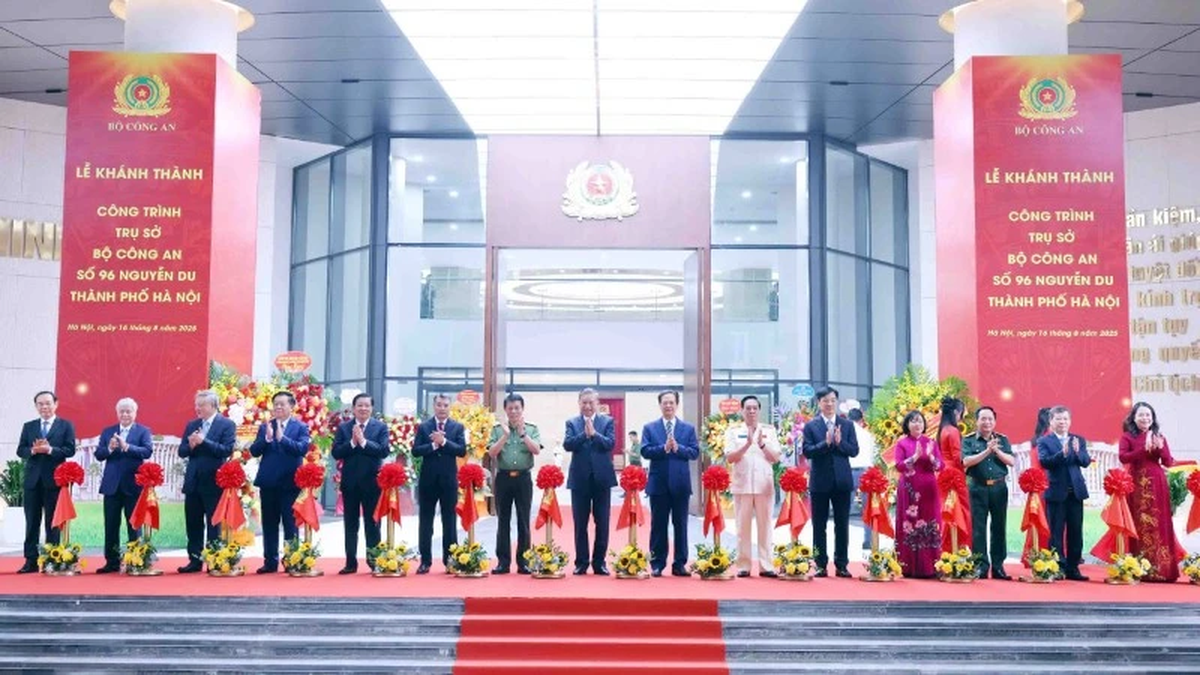
![[Photo] “Moving forward with Vietnam” on the most romantic road in Vietnam](https://vphoto.vietnam.vn/thumb/1200x675/vietnam/resource/IMAGE/2025/8/16/0ee500bc59fd4468863261ee26f47fe7)

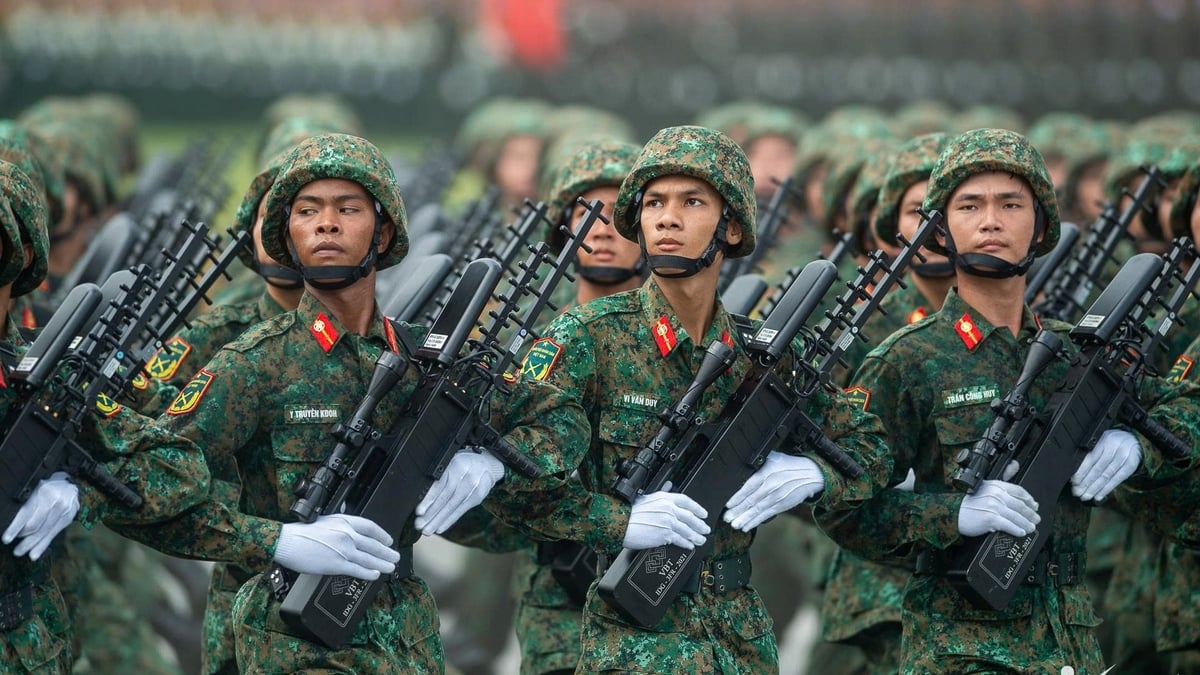
![[Photo] National Assembly Chairman Tran Thanh Man attends the program "Returning to the source - Towards the future"](https://vphoto.vietnam.vn/thumb/1200x675/vietnam/resource/IMAGE/2025/8/16/d081d9c162ee4ed9919e723aa322a53a)
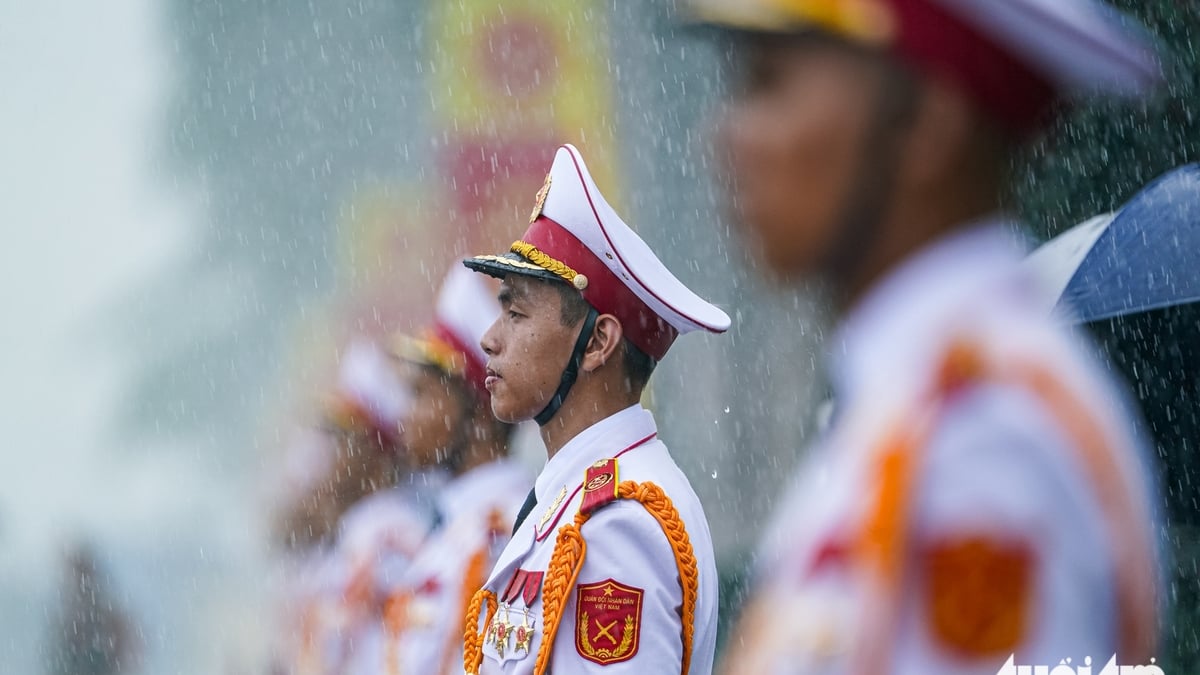
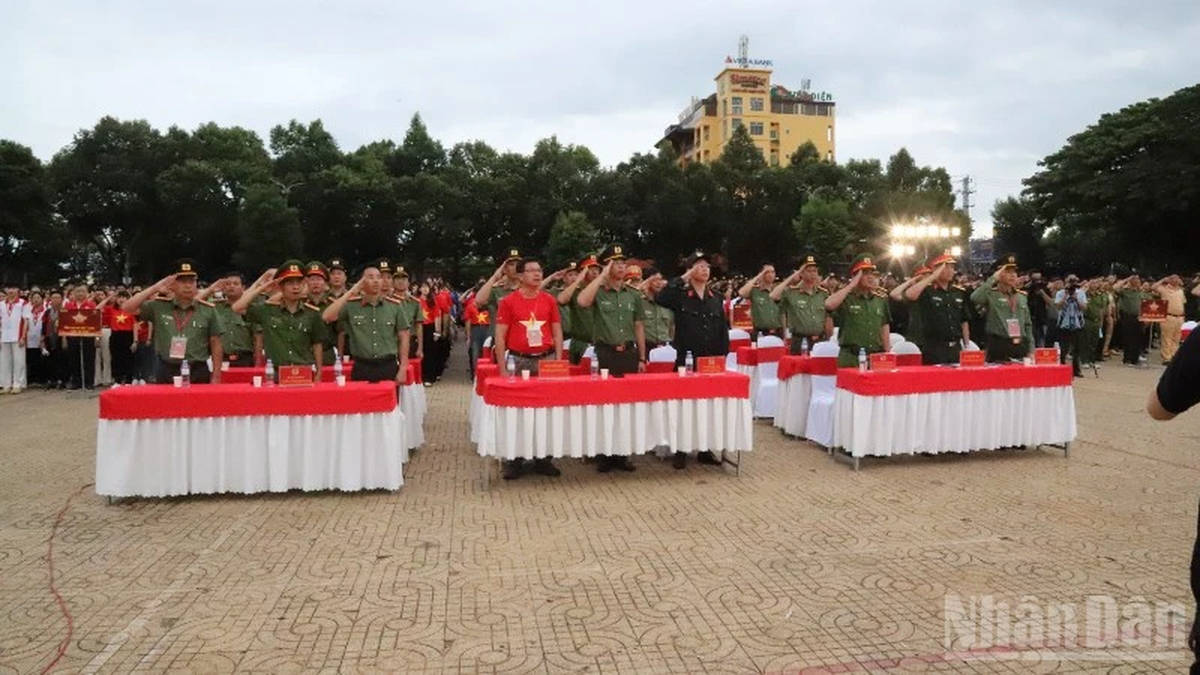













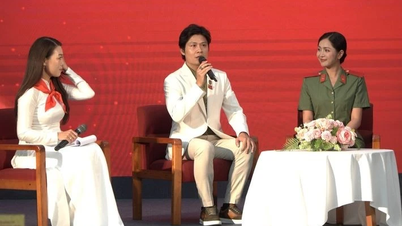

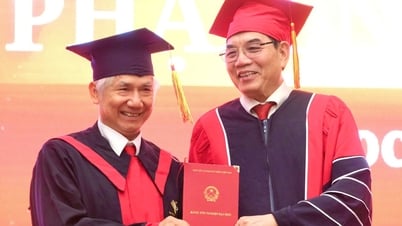

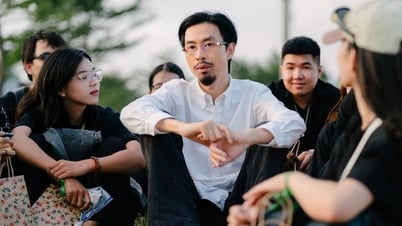
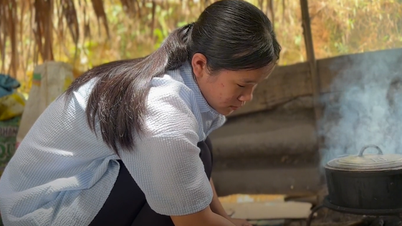



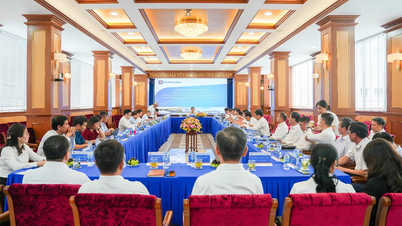








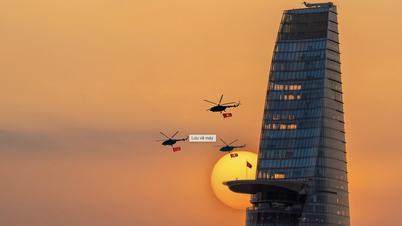


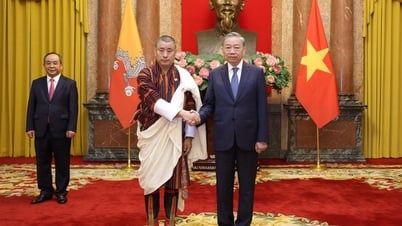
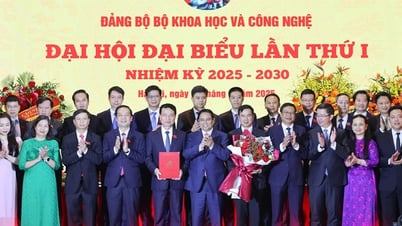

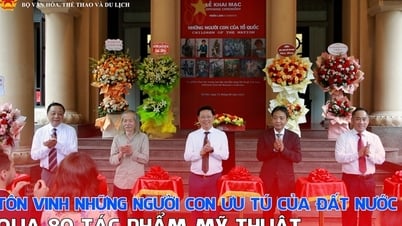

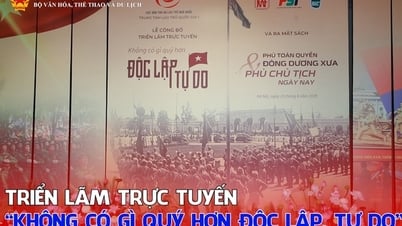
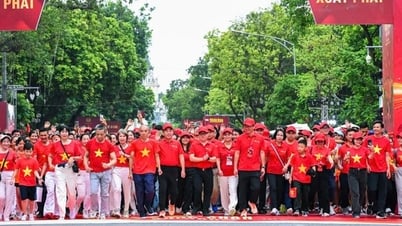























Comment (0)